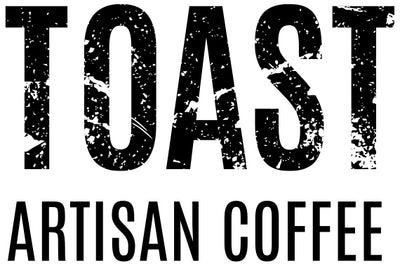In simple terms, a Q grader is qualified to give a coffee an SCAA score out of 100 and can therefore classify it as being speciality or non-speciality. The program itself is run completely blind and independently which means cuppers learn to evaluate the coffee without the influence of external factors such as price/farm/availability. This means the assessment is solely based on the quality of the coffee, allowing the whole supply chain to look at the coffee objectively.
It requires a vast amount of training and experience to be able to consistently score coffees in line with other Q graders and to become qualified, it is essential that you can identify defects and attributes in coffees consistently. It is also vital that you have cupped enough coffees to have built up a ‘sensory memory’ in order to compare against coffees you might have cupped previously. There are currently around 3800 Q Graders in the world, with efforts to expand the program being focused on producing countries. Farmers and exporters value the program as it allows them to understand how they can improve the quality of their coffees in order to attract higher prices from the buyer. The Q program also provides them with a meaningful way of communicating with importers and roasters.
Taking the Q
The course itself runs for six days and combines lectures/presentations with a set of 22 exams – all of which must be passed in 3 days in order to become a qualified Q Grader. The course must take place in a lab that has been approved by the SCAA and the instructor must be certified. It is a gruelling experience both physically and mentally as it demands so much of your senses and it is so easy to become fatigued. Stamina is the key with taking the Q, it is important to be able to make decisions calmly and quickly so as not to waste your precious taste buds!
The tests are designed to assess every aspect of your sensory analysis and cover off the following:
Olfactory Skills – this test utilises the Le Nez de Café kit which was developed by Jean Lenoir and includes 36 scents which are supposedly found in coffee. To pass the test, you must correctly identify each scent and match it to its pair. Example scents include; maple, cooked beef, tea rose, butter, garden peas, pipe tobacco…
Cupping Skills – there are 4 tests in this section which are split by region and then process: Milds, Africans, Asias and Naturals. To pass all of the tests, you must Q grade 6 different coffees for each section and give them a score which is backed up by your individual attribute scores. The overall score must also be in line with everyone else assessing the coffees and you must correctly fill out the SCAA cupping form for each coffee.
Sensory Skills – this test is probably the hardest to pass! It focuses on the participant’s ability to identify varying intensities of different tastes; salt, sweet and sour. The first part of the test is fairly easy, you just have to put the tastes in order of intensity from mild to strong. Then you do the same again but this time you do it blind so you also have to identify what is sweet, salty and sour – again this is quite simple. Then it gets interesting…! In the third part of the test, you are presented with 8 glasses of colourless liquid. By cupping each glass, you have to identify which tastes are in there along with the intensity of those tastes! For example, cup 1 might be a mixture of Sweet I (mild), Sour I (mild) and Salty II (medium) – cup 2 might be Salty III (strong) and Sour II (medium). It is incredibly difficult to pass and is usually the one that trips most people up, it requires real concentration and gut decision making!
Triangulations – again these tests are split into 4 sections by region and then process – Milds, Africans, Asias and Naturals. In each test, you are presented with 6 sets of 3 cups. 2 of the 3 cups will be the same coffee, the aim is to identify the odd one out. This sounds simple but again is completely reliant on your ability to detect the slightest differences between coffees, be that in the body or a very discreet dip in the acidity for example.
Organic Acids Matching Pairs – for this test, there are 6 sets of 3 coffees on the table. 1 of the 3 cups has been altered with either malic, phosphoric, lactic, citric, acetic or quinic acid. You have to identify which one has had an acid added to it, and also put a name to that acid.
Sample Roast Identification – in order to successfully pass this test, you are presented with 4 cups of coffee and have to identify which one has been baked in the roast, which has been over roasted, which is too light and which is perfect.
